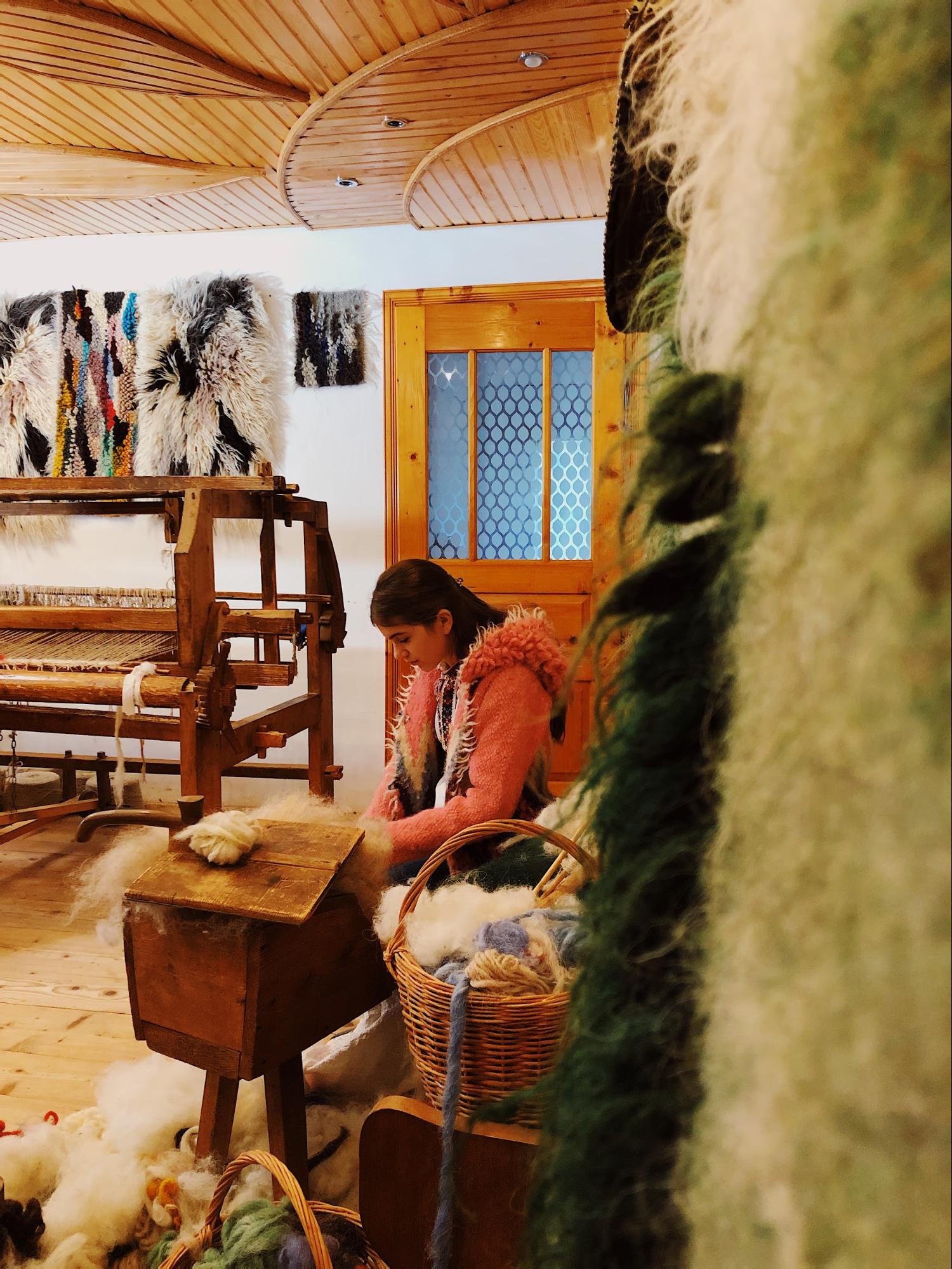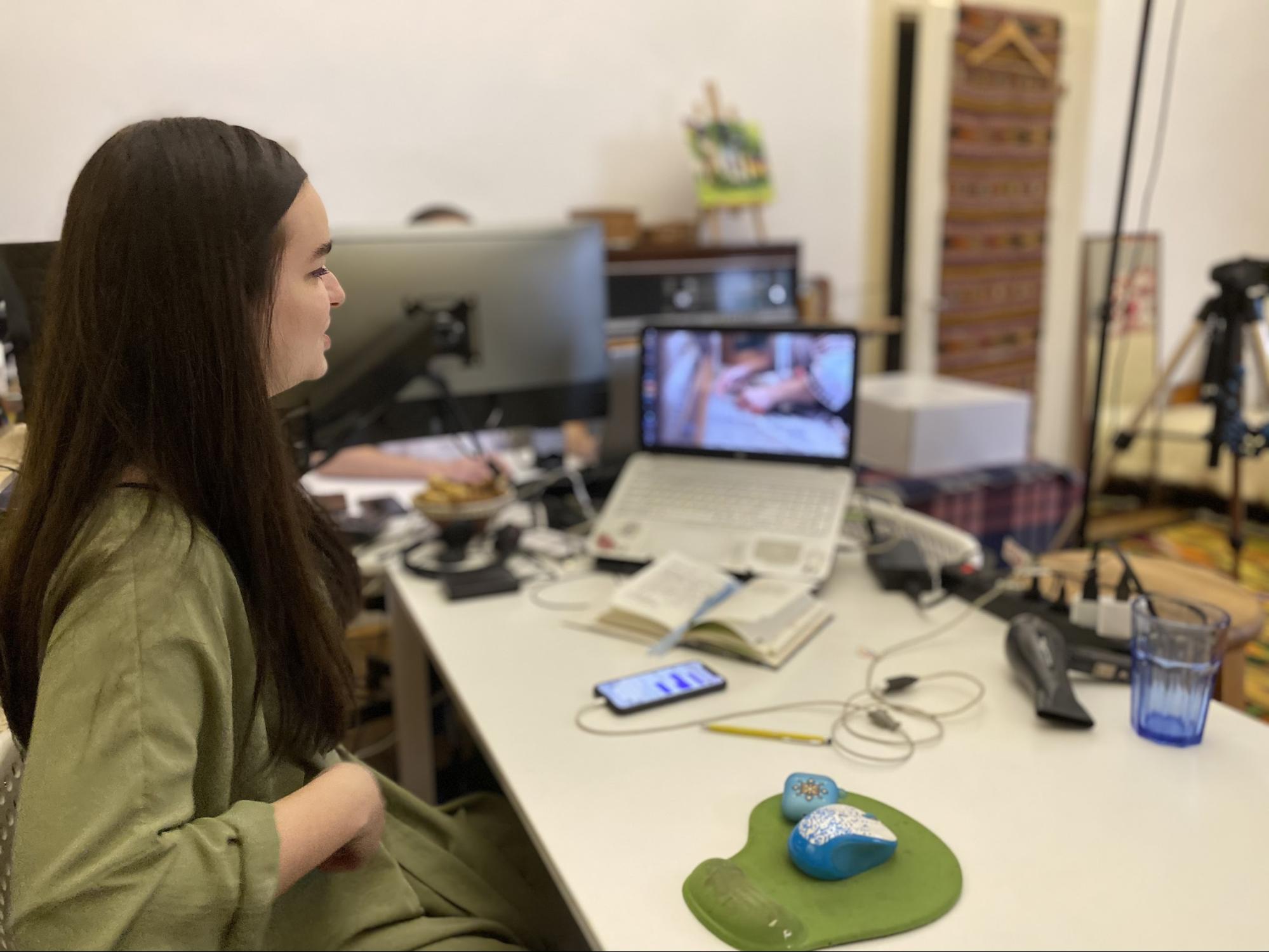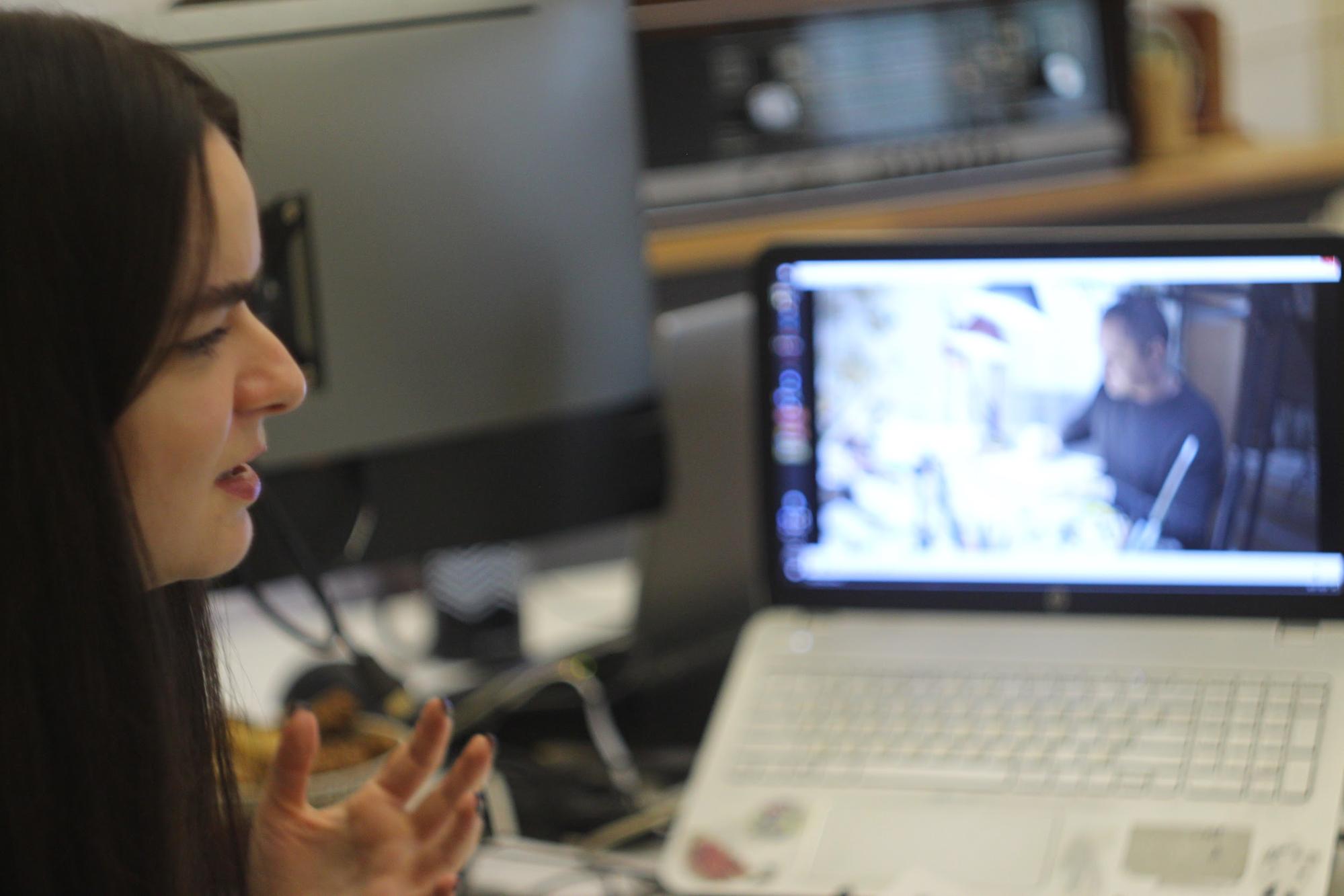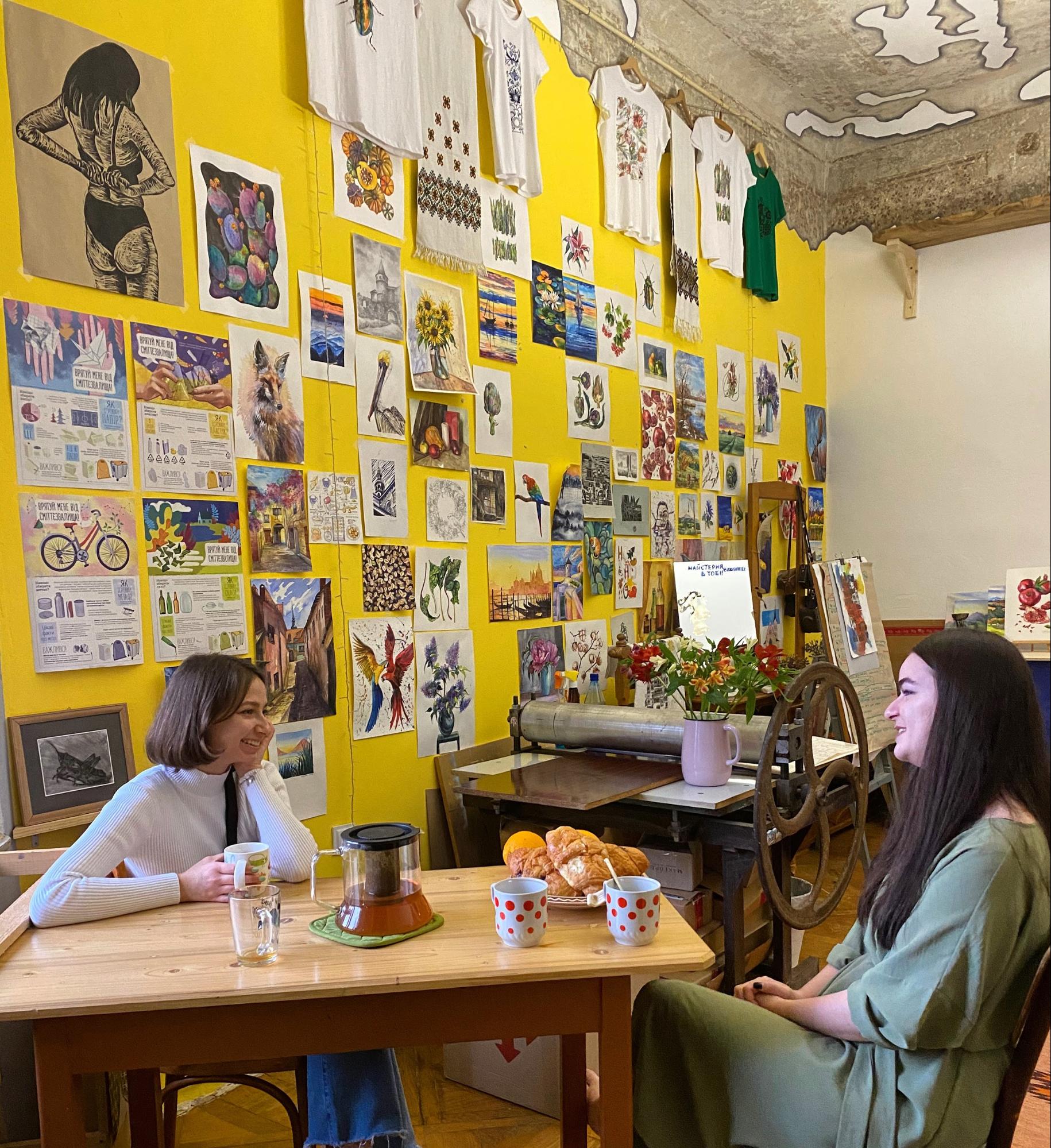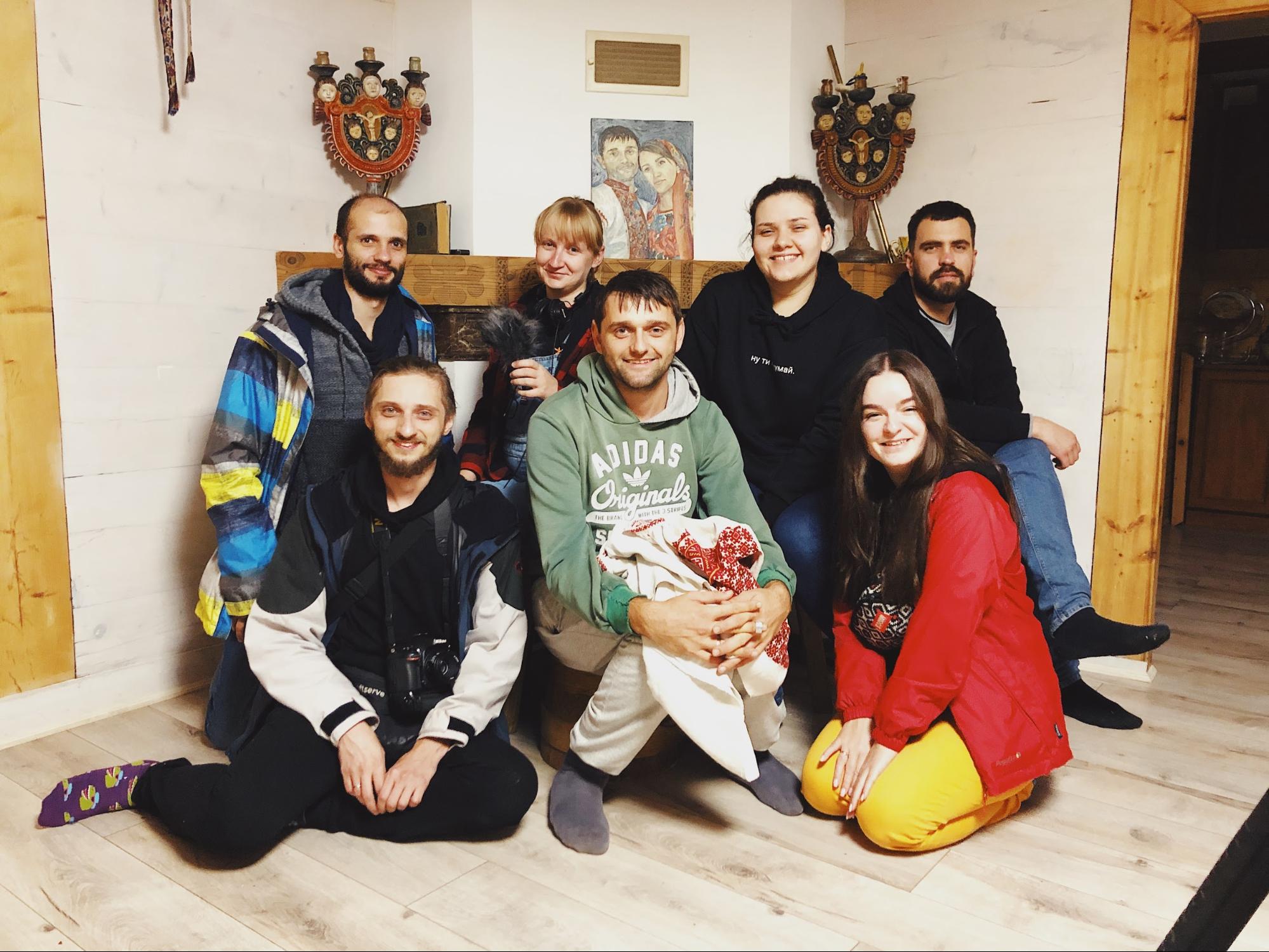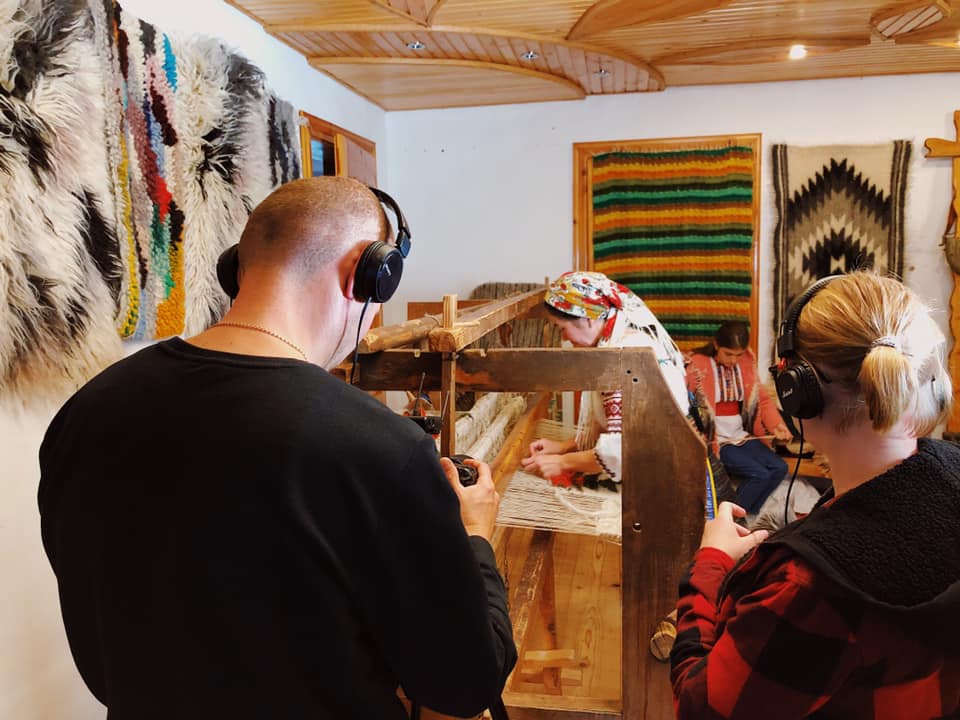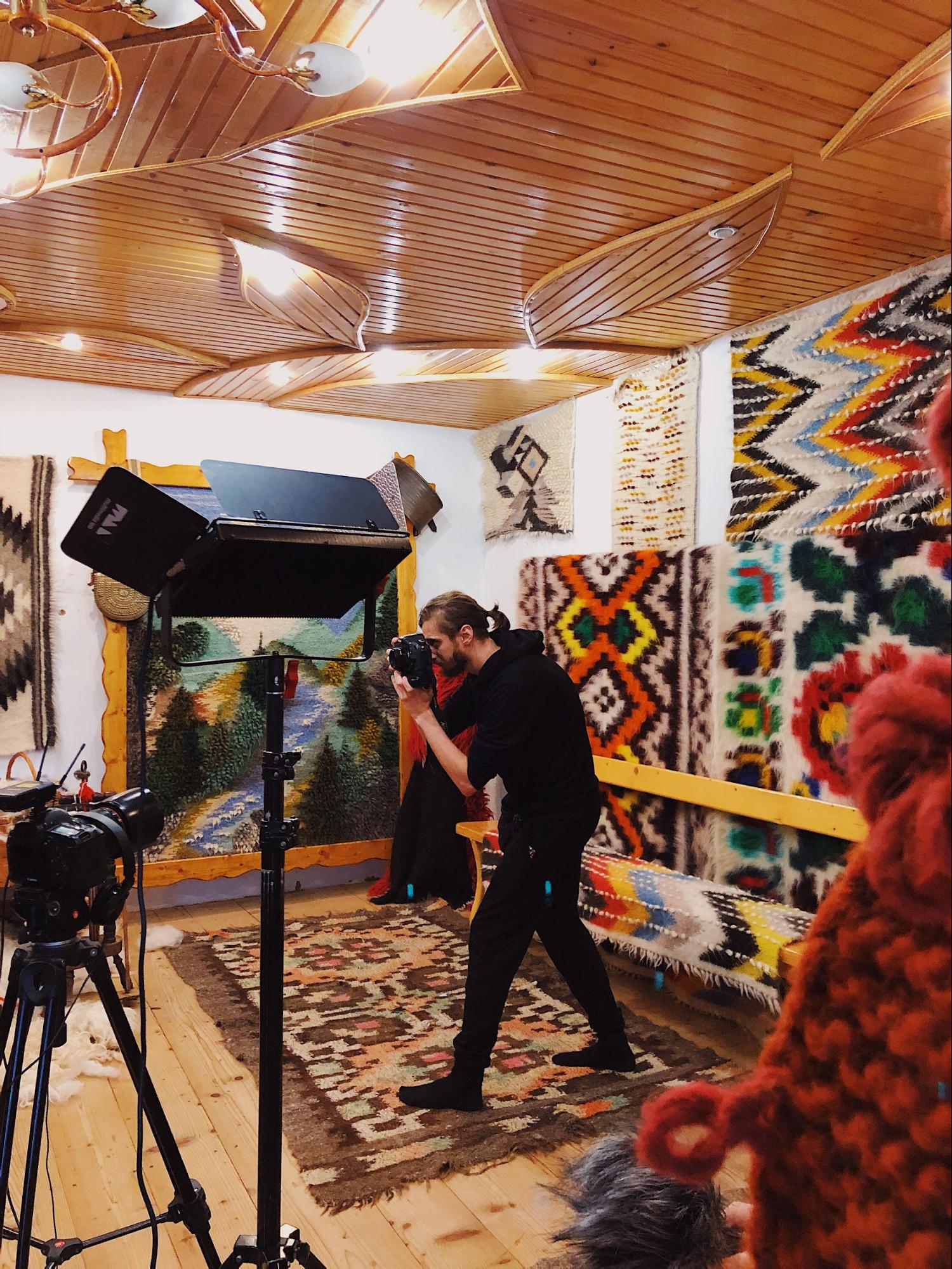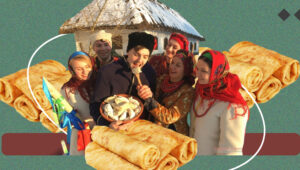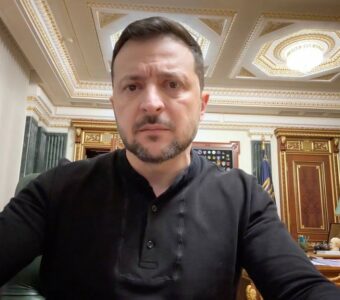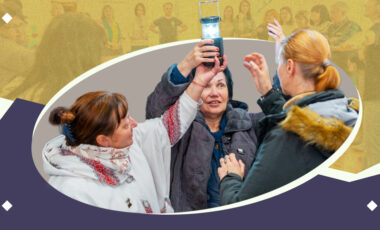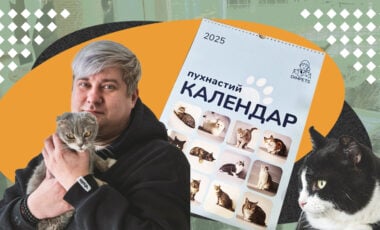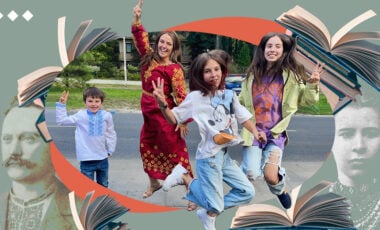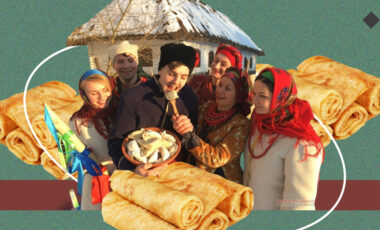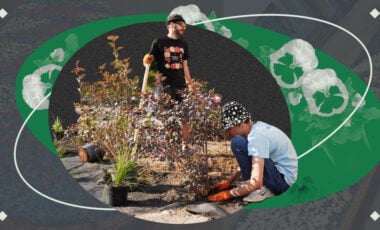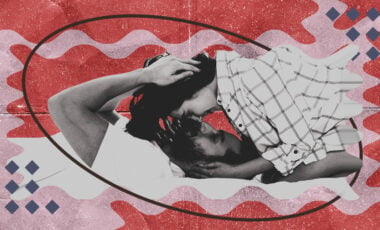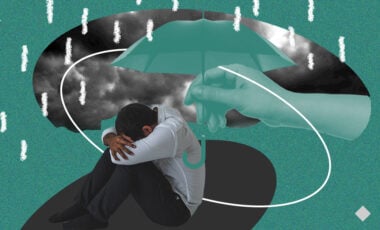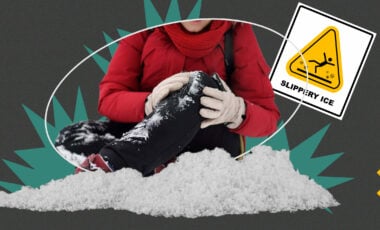World's first online gallery of applied art will appear in Ukraine: how it works
Masters from Ivano-Frankivsk are creating an online gallery in the art-house style

We live in a big city where life never stops. Instead of the noise of mountain rivers, we hear the roar of highways under the windows. We get lost in the concrete jungle of high-rise buildings; we buy things constructed by robotic machines. Sometimes you wish to escape, slow down so that all the hustle and bustle of the city sweeps past, not through you. Stepping over the threshold of a small hut, inhaling the smell of food from the oven, wrapping yourself in a colorful woolen blanket called "lizhnyk." You glance out the small window and see only mountains and wooden huts. You listen and you hear as if the wind with trees and fire is whispering an ancient spell, somewhere a loom works, and somewhere far away, sheep shrew white.
Imagine if you could immerse yourself in this atmosphere, being anywhere, at any moment. Teleporting to the Ukrainian Hutsul region, to the hut of a Carpathian master or craftswoman.
Soon this prospect will become quite real. Three projects, i.e. Urban Space Radio, "Kotsiubynskoho, 10" Workshop, and FUNDATIA UCRAINENILOR HUȚULI DIN ROMANIA, will unite to inform about the cultural history, experiences, and practices of the people stretching from western Ukraine to northern Romania—the Hutsul people. The Living with Art project will be the world's first online gallery on Hutsul culture, a platform both containing the lives of artists and being a work of art. Khrystyna Strynadiuk, the founder of the creative workshop of "Kotsiubynskoho, 10," granddaughter of a Hutsul carver, whom our editorial office met this fall, told us about the project.
The project was opened with a House of Europe grant.
Note. House of Europe is a European Union-funded program designed to support professional and creative exchanges between Ukrainians and their colleagues in the EU. The program focuses on the culture and creative sector, education, medicine, social entrepreneurship, media, and work with youth. They fund over 20 programs: internships, study trips, networking, residencies, and other forms of professional exchange. The program supports creative cooperation and collaboration between Ukrainians and their EU colleagues in culture and creative industries.
Khrystyna laughs, saying that her team's idea was the least suitable for the grantor's conditions. It was supposed to be a modern multimedia project. However, an original idea, a combination of handicrafts and modern digital solutions, helped them win money among several dozen participants.
What will be on the platform?
The first thing you'll discover is a stylized map with locations you can straightaway link to Google Maps and create a route to the place where miracles are created. Then there are personalities in the sections: ceramists, brass makers, leathercraft workers, weavers, writers, musicians, and even a priest. They scheduled the platform's launch in April. By this time, the first 40 pages will appear on the website: 40 texts, 40 podcasts, and 40 videos about the masters. The team builds upon personalities telling a story not only about the applied art created by artists but also about their life and atmosphere where the masters live and work.
Urban Space Radio makes podcasts, and "Kotsiubynskoho, 10" does the visual support: video, photos, website content, creating a corporate identity, and design of social media. Khrystyna's workshop handles everything a person sees. Urban Space Radio manages everything a person hears, and journalists, although they should be called writers, will narrate about the masters.
"We want to reach the viewer through sounds, text, and visual materials. For instance, Paraska Plytka Horytsvit. We'll have a place where she created, and her story: videos, photos, and podcasts. We have a story about the priest Ivan Rybaruk in Kryvorivnia. I wonder how he, as a priest, explains some things about Hutsul carols or icons. We tell about Natalia Kyschuk in Yavoriv. It's a story of weaving that accompanies her entire life. It's also interesting to watch her pass it all on to her daughter," Khrystyna explains and shows the materials sent to her the other day. So far, they've filmed 18 locations: already terabytes of video and photos. We see these shots first, feeling goosebumps down our spines.
Gallery "Living (with) art" doesn't aim to turn the life of Hutsuls into artistic scenery. Anyone can handle the truth, though local meadows, views of the mountains make anyone believe that they're in a fairy tale. Instead, Khrystyna explains:
— We have a more art-house story. We show central figures from the other side, not a cheesy one. It's important not to glorify the Hutsuls in a romantic style, but show everything as it is. So that a potential visitor doesn't face disappointing reality, after seeing a picture-perfect image in the video, and there's actually sawdust lying around, a workflow… We show how it is. We don't remove the polyethylene lying around; we don't romanticize this story.
— And what will be in podcasts?
— For the podcast, Natalia Patrikieieva recorded sounds: sheep bleating, river sounds, leaves rustling, loom knocking; very atmospheric things. Natalia also recorded the protagonists. Urban Space Radio will release short podcasts about a master and phenomena. We selected topics.
Expeditions to the Hutsul region
Platform's creation had begun long before they started filming, recording podcasts, and even finding the heroes. The point is this. Khrystyna isn't just an artist, but a hereditary master. Her grandfather was an artist, so she grew up in an atmosphere of art:
— I was 13 years old when my grandfather died, and all these years I regretted that I didn't record his voice on a tape recorder, film his work process, workshop, the atmosphere where he worked, his conversation, and reveal him as a person. Now we do it in the project. We come to these masters and film them. During the expedition, which was in mid-October, I seemed to close some gestalt, doing what I didn't with my grandfather.
A team of six people, photographers, videographers, journalists, and coordinators, pre-select the heroes, have several consultants who advise them. Then they plan crowded routes: three or four locations far from each other in one day.
To delve into the figure's life, they have only 2 hours. In this time, the team manages to record a podcast, an interview with the master, shoot background videos and artist's video portrait:
— We recorded right on the spot, and now, we'll edit and connect it all. So is the video. The video will comprise three parts; a video portrait is a fairly new story for Ukraine. It's a portrait of a person just standing that gives a sense of the artist's presence. The second part is the blitz questions. We have a set of questions we ask each master. They are unusual questions about dreams, Sundays… Some say they have prophetic dreams; it's very personal. The third part of the video is the atmosphere of the workshop: a cat ran by, pots rattling, a wife calling.
Khrystyna says that after the first expedition the team was like family. Everyone knows when part of their work begins. They had to help and support each other because you can't otherwise in the Hutsul region:
— At first, it seemed to us the Hutsul region "doesn't let us in." We had to adapt to their conditions: get up early, eat high-calorie food, because in the mountains you get hungry very quickly. There you have to live according to their laws because otherwise, nothing will work. Even the road to the master is a big deal! It isn't just difficult to drive here. Somewhere you reach a certain point, and then, you walk through the meadows, you see beautiful views… And people live here and create something. Beauty and complexity at the same time.
We also had to adapt our visit to Khrystyna in Ivano-Frankivsk, because soon part of their team will travel to Romania, but not to take an example from someone, but on the contrary, to teach:
— Our Romanian partners should've carried out this expedition themselves, but since all coordination takes place in Ukraine, including post-production, recording of podcasts, part of our team will go there to consult them. It's crucial to us that the product is of high quality, and it's very problematic to control it from a distance. We have to show them what we've already filmed, how we do it. We'll shoot three materials with them, and then they are by themselves.
Mysterious and charming Hutsul universe
What do we know about Hutsuls? Almost nothing. We visit popular places on vacation in the Carpathians. We see woven rugs, buy souvenirs, but we don't immerse ourselves in the culture, because we don't know how to.
— This project is about inspiring Ukrainians to go to the Hutsul region to rest their bones and also visit for educational purposes. In fact, this topic is gaining popularity now. If you wish to slow down and relax, you know that you've got other options besides Bukovel and other popular places. You can come to remote places, see a real authentic village, walk in the woods. It's interesting for us to reveal dynastic stories, as with the Strynadiuk family. For example, as a great-grandfather, his son, then his grandson, then daughters are an entire generation of artists.
Among the Hutsuls there are those inspired by the internal protest, the desire to self-identify.
— We understand stereotypes about Hutsuls. Dark people speaking a cryptic language, not educated. Hutsul writer Liuba-Paraska Strynadiuk told us her story. When she moved to Kosovo to study, they bullied her at school for her indecipherable speech, and imagine she had to relearn to become an "insider" there. But after school, she held a protest so strong that she wrote in that language. And these works are now noteworthy in Ukrainian literature. And it's great! We must not shy away from this. We show that a person relearned, but then returned to her own, and it doesn't make her any worse. It's her. She grew up with it.
Here Khrystyna talks about Paraska Plytka Gorytsvit. Besides, materials about her were filmed directly on the meadow, near her house, because it's where the writer worked. Only there could she truly reveal herself. There, her peace and her soul live.
However, Hutsuls mostly live with art and pass it down from generation to generation, even in the modern world.
— They do it because grandmother weaved, mother weaved. The tradition passes from generation to generation since the craft is a motif in life. They can combine different areas of activity, have their own business, and weave for fun. People do it despite everything because they just can't go without it. "I do it because it's lifelong support," they say. "I'll do it till the end, and so be it a little more expensive than the cost. I'll put so much effort into it. It's important for me to do it."
— Hutsuls are secretive. It's hard for them to open up. They work alone. But they're so sincere and simple that it's a pleasure to talk to them. I had the impression that I actually visited another world. It's like another galaxy.
Such galaxies aren't only in the Hutsul region. Each ethnic group in Ukraine has its own cultural features, customs that have survived to our time despite all obstacles: Hutsuls, Boykos, Pokutiany, Crimean Tatars… Everyone has their own story.
— If Hutsuls are so cool, can we talk about the art of Crimea? In fact, it's an inexhaustible source. We haven't got the opportunity to reveal everything fully now, but it'll be the foundation, backbone, and in the future, we want to build and develop this project. After all, there are hundreds of other communities and their crafts we haven't talked about.
The team plans to develop the project further because they can't uncover the universe by capturing only 40 materials. Just as it's impossible to comprehend all cultures, and all ethnics groups living in Ukraine. However, the Ukrainian online gallery of applied art will be the world's first international platform, which has no analogs. We have no one to match to, but perhaps right now, in the city of Ivano-Frankivsk, in the bright "Kotsiubynskoho, 10" studio on 20 Hrushevskoho Street, something unprecedented is being created that will become a new global digital trend among artists.
Photo: Rubryka and "Kotsiubynskoho, 10"


